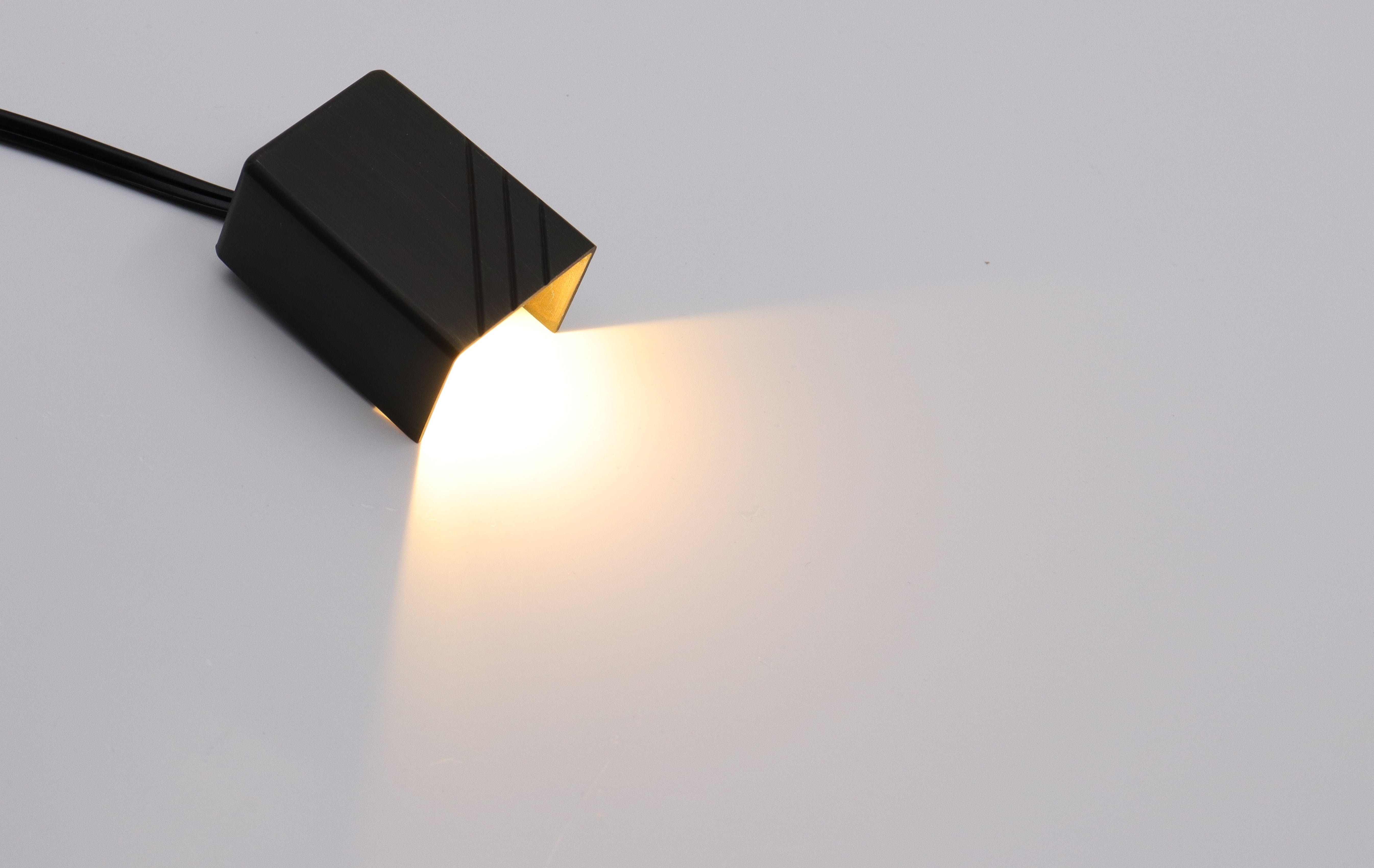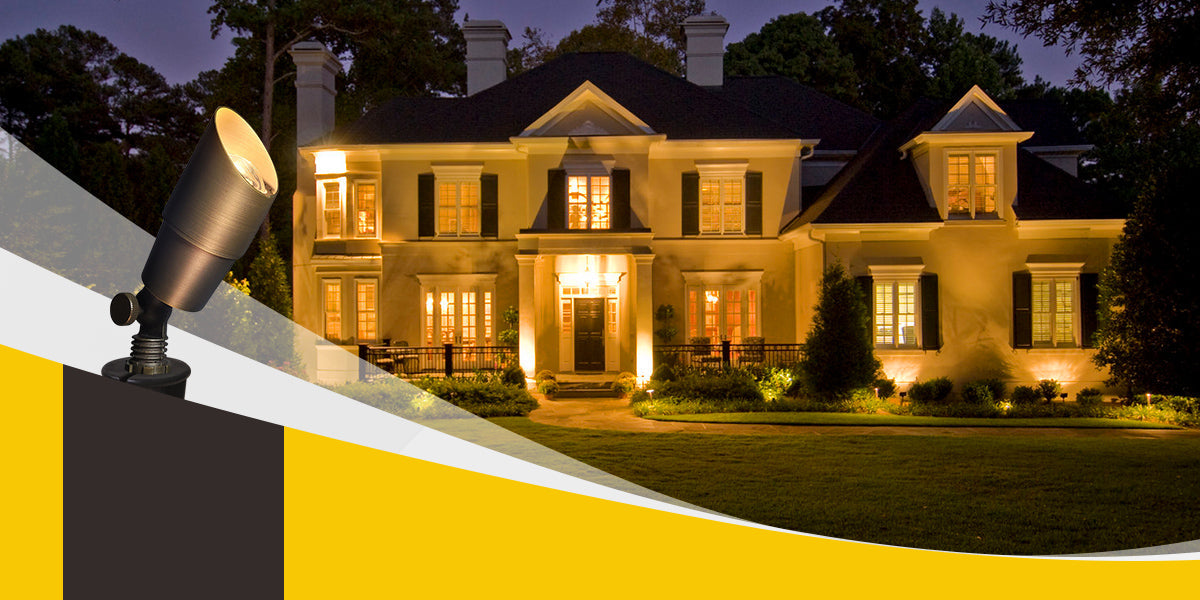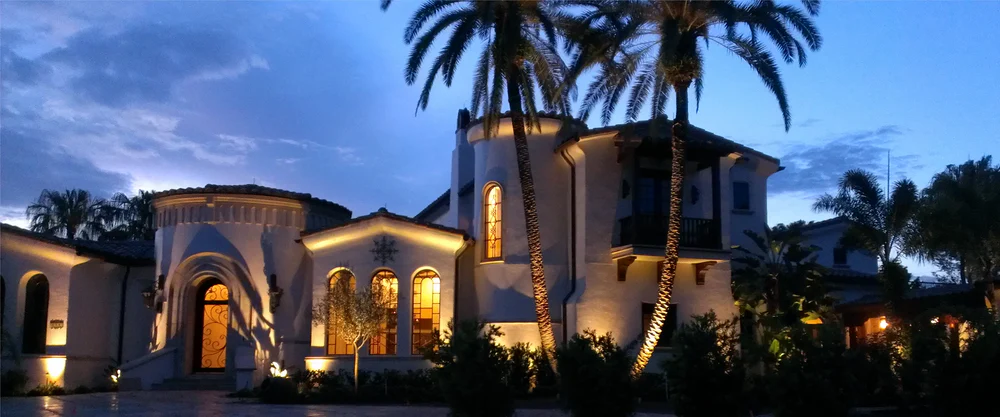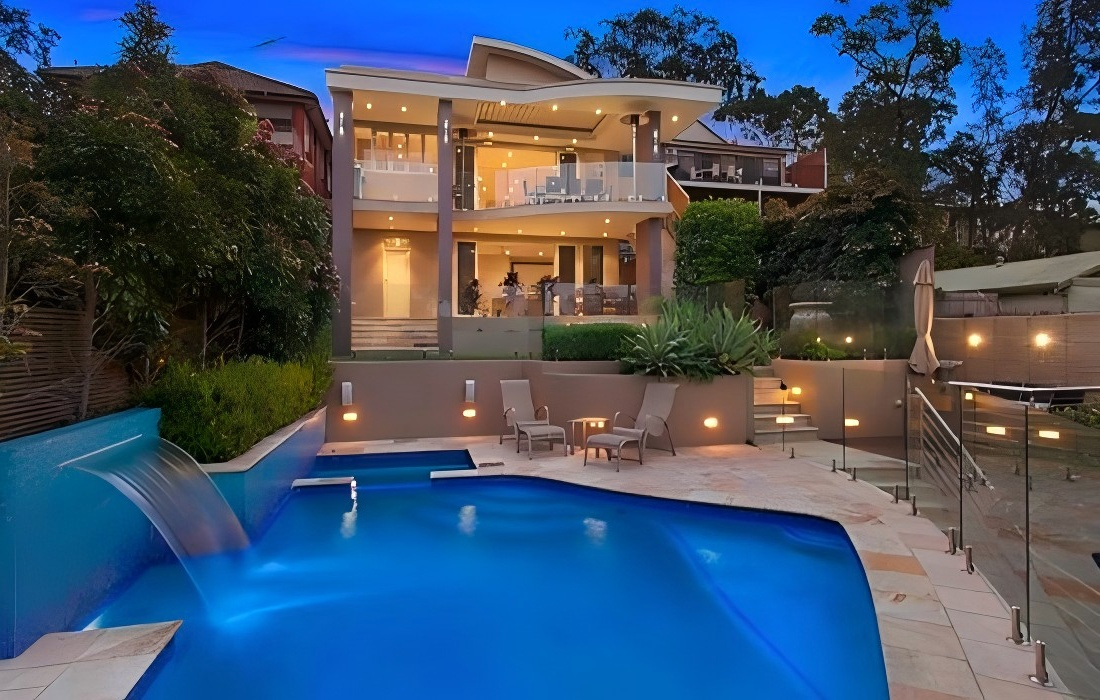When it comes to outdoor lighting, durability and performance are two of the most important considerations. Homeowners and landscape professionals alike want fixtures that not only enhance the beauty of their property but also stand the test of time in challenging environments. Among the most common premium materials for landscape lighting fixtures are brass and copper. While both are considered high-quality options, brass has a clear advantage in longevity, resistance to corrosion, and overall practicality. This article will provide an in-depth comparison between brass and copper landscape lights, helping you determine which material is the better long-term investment.
Why Material Matters in Landscape Lighting
Outdoor light fixtures are constantly exposed to rain, snow, UV rays, soil acidity, fertilizers, and lawn care chemicals. Inferior materials like aluminum and plastic often degrade quickly, requiring frequent replacements. That is why brass and copper have become the go-to choices for low voltage landscape lighting — they both offer strength, beauty, and resilience.
However, while brass and copper share some similarities, their differences affect how well they perform over decades of outdoor use. Understanding these distinctions is critical if you want your outdoor lighting system to be a one-time investment rather than a recurring expense.
The Properties of Brass
Brass is an alloy made from copper and zinc, often with small amounts of other elements to increase its strength. This combination gives brass unique properties that make it ideal for landscape lighting fixtures:
- Corrosion Resistance: Unlike many metals, brass resists corrosion and does not rust. When exposed to outdoor conditions, brass develops a natural patina that protects the fixture from further deterioration.
- Strength and Hardness: Brass is significantly harder than pure copper, making it more resistant to denting, bending, or warping.
- Color Stability: While brass darkens over time, it maintains a rich, timeless appearance rather than showing streaky or uneven weathering.
- Low Maintenance: Brass fixtures typically require little to no maintenance aside from occasional cleaning, making them ideal for long-term installations.
Industry experts often cite brass as one of the most durable fixture materials available for outdoor landscape lighting. According to field data, high-quality brass fixtures can last over 20 years, even in coastal or humid environments.

The Properties of Copper
Copper is a natural metal widely used in construction, roofing, and decorative applications. It is also popular for premium outdoor lighting fixtures because of its beautiful finish and corrosion resistance.
- Corrosion Resistance: Copper does not rust; instead, it develops a green patina (copper oxide) over time. This patina protects the fixture but can cause an inconsistent aesthetic depending on environmental conditions.
- Softness and Malleability: Copper is softer than brass, making it more vulnerable to dents, scratches, and deformation.
- Aesthetic Appeal: Many homeowners appreciate the natural transition of copper from a shiny reddish tone to a green-blue patina. However, this look does not appeal to everyone and can clash with certain landscape designs.
- Higher Cost: Copper fixtures are generally more expensive than brass, making them less cost-effective for large installations.
While copper is a strong contender in terms of quality, its softness and variable patina development often make it less practical than brass for long-term landscape lighting systems.
Brass vs Copper: Head-to-Head Comparison
| Feature | Brass | Copper |
|---|---|---|
| Durability | Extremely durable, harder alloy, resists denting and bending | Softer metal, prone to denting and scratching |
| Corrosion Resistance | Excellent, develops protective patina without structural weakness | Excellent, develops green patina that may be uneven |
| Maintenance | Low maintenance | May require occasional polishing for aesthetic control |
| Cost | More affordable | More expensive |
| Longevity | 20+ years with minimal maintenance | 15–20 years depending on environment |
| Appearance | Timeless golden tone that darkens gradually | Shiny copper that shifts to green patina |
The Pain Point: Replacing Fixtures Too Often
One of the biggest frustrations homeowners face is replacing outdoor lights every few years due to corrosion, discoloration, or mechanical failure. Replacing fixtures is not only expensive but also labor-intensive, particularly for systems with buried wiring. Choosing the right material upfront eliminates this pain point and ensures your low voltage landscape lighting system continues to perform without costly interruptions.
Expert Insights: Why Professionals Prefer Brass
Professional installers consistently recommend brass for residential and commercial outdoor lighting projects. The reasons are clear:
- Better Value Over Time: While brass fixtures may cost slightly more than aluminum, their durability reduces the need for replacement, saving thousands of dollars in the long run.
- Consistency in Weathering: Unlike copper, which can develop patchy green oxidation, brass darkens evenly, preserving a classic look.
- Structural Integrity: Brass fixtures hold up against impacts from lawn equipment, pets, and weather events far better than copper.
Landscape architects often choose brass for premium projects because it balances aesthetics with practical resilience.

Real-World Performance: Data and Case Studies
- A study by the International Association of Lighting Designers found that brass fixtures outlast copper by an average of 20–30% in humid and coastal climates.
- In side-by-side outdoor exposure tests, brass lights maintained structural integrity after 10 years, while copper lights showed signs of bending and denting under physical stress.
- Customer feedback consistently shows higher satisfaction with brass fixtures due to their durability and long-lasting appearance.
Which Material Lasts Longer?
While both brass and copper are premium materials compared to aluminum and plastic, brass emerges as the superior choice for longevity and performance. Its alloy structure makes it harder, more resilient, and less prone to aesthetic inconsistency than copper. With proper installation and minimal maintenance, brass landscape lighting fixtures can last for decades, making them the smart choice for homeowners who want an investment that truly lasts.
Final Thoughts
If you are weighing the decision between brass and copper for your outdoor lighting system, the verdict is clear: brass is the better long-term investment. It offers superior strength, consistent weathering, lower maintenance, and greater cost efficiency without sacrificing beauty. For homeowners and professionals seeking reliable, long-lasting, and visually appealing landscape lighting, brass fixtures provide unmatched value.
By choosing brass fixtures, such as those available at COLOER, you are ensuring that your outdoor lighting system remains beautiful, functional, and worry-free for decades to come.






Leave a comment
All comments are moderated before being published.
This site is protected by hCaptcha and the hCaptcha Privacy Policy and Terms of Service apply.